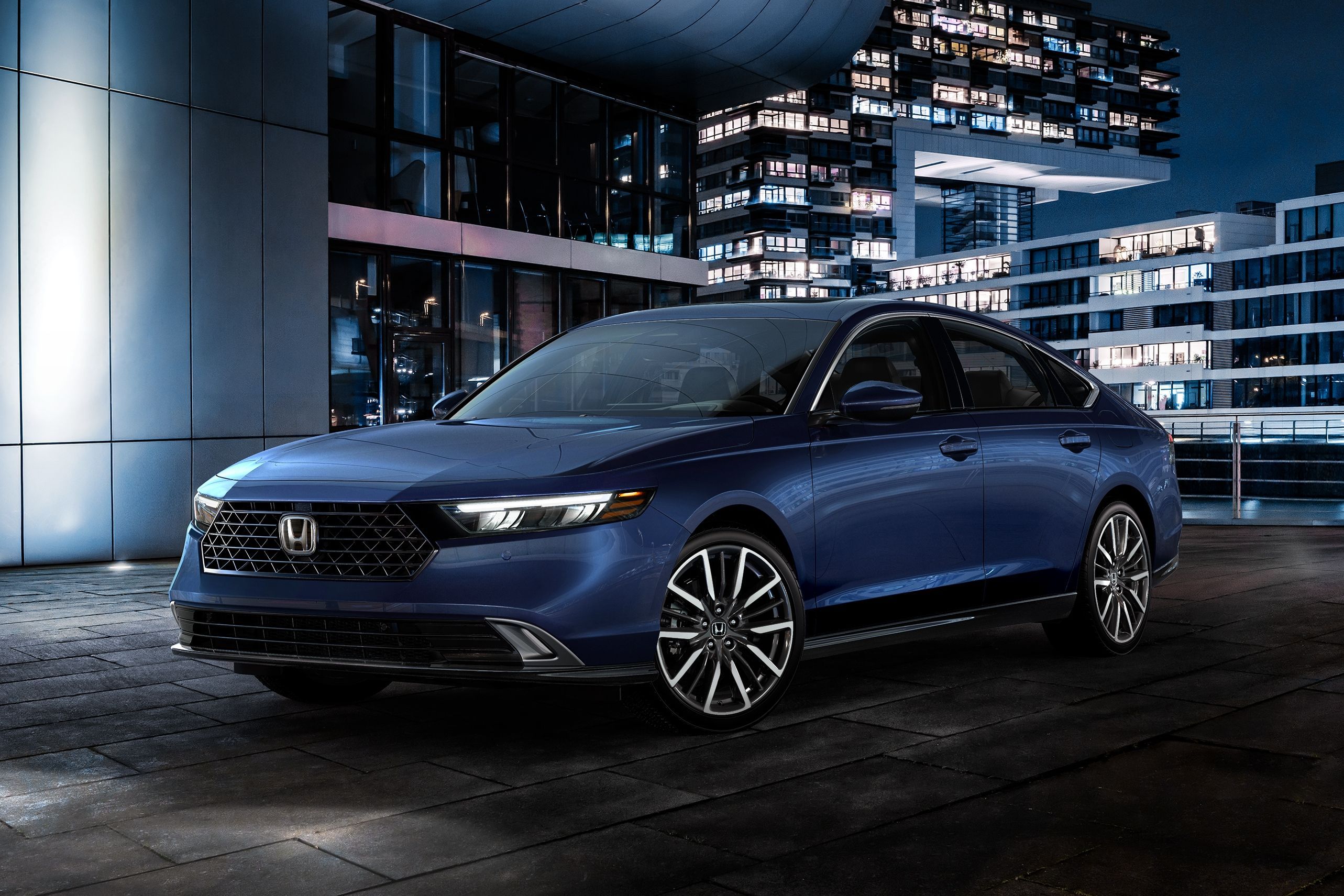Honda's engineering prowess knows no bounds. It builds a variety of cars to suit most budgets, but that's not enough for the Japanese company. Set to dominate land, sea, and air, Honda also produces a wide selection of boats, motorcycles - and even aircraft. On the lower rung of its extensive lineup sits common gardening equipment. Like its cars, Honda's lawn mowers receive plenty of praise for their simple design and ease of use.
But the zany boffins situated deep within the Minato City headquarters sometimes like to have a bit of fun. As such, Honda holds the title of the world's fastest lawn mower. Dubbed the "Mean Mower", the bizarre creation is powered by a 200-horsepower Fireblade engine, giving the ride-on garden tool a top speed of 151 mph.
But with the electric and autonomous era fast approaching, Honda's clever engineers have been cooking up a very interesting lawn mower - with technology that could, possibly, be applied to future EVs.
A patent discovered by CarBuzz and filed by the company with the United States Patent and Trademark Office (USPTO) as well as in Japan and Europe suggests Honda is working on a clever "autonomous travel working machine" which has the ability to travel to a charging station all by itself. As far as we understand, the self-driving lawn mower will happily cut the grass and, when it senses the battery is low, will travel to a nearby charging port.
This isn't exactly new; several companies can already offer you a self-charging lawn mower. However, Honda's patent seeks to improve the way in which it charges itself. As explained in the description, moisture from rain or wet grass may obstruct charging due to electrical continuity. This can cause all sorts of issues - Honda's aim is to prevent electrical continuity.
A new configuration comprises a recessed portion where "the charging station can enter" and connect with the receiving terminals in the recessed bodywork. The patent elaborates on the design and also discusses the advent of a draining portion to reroute potentially damaging moisture. So, why are we telling you this?
Well, it's very possible that this clever design could make its way to future autonomous Honda EVs. With self-driving taxis now a reality, these vehicles will have to rely on technology to decide when and where to charge. Without a human to ensure the weather and charging conditions are optimal, it could possibly lead to undesirable events.
What's more, the redesigned charging port may also protect the expensive equipment from damage, intentional or otherwise. It's very rare (unheard of, really) for EV charging ports to be damaged by copious amounts of water. However, it has happened before and has the potential to cause thousands of dollars worth of damage - thankfully, built-in safety features prevent the risk of electrocution.
Perhaps, one day, an autonomous Honda Accord EV will be able to drop occupants off at the desired location before wandering off in search of a charger. Regardless of the weather, Honda appears to have the charger's best interests at heart.

